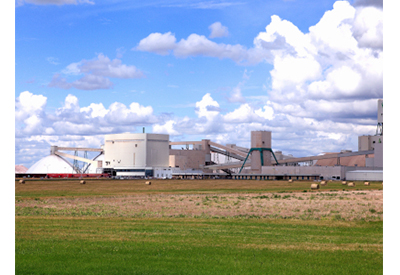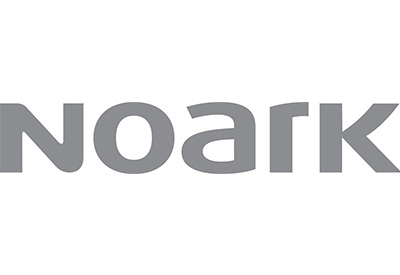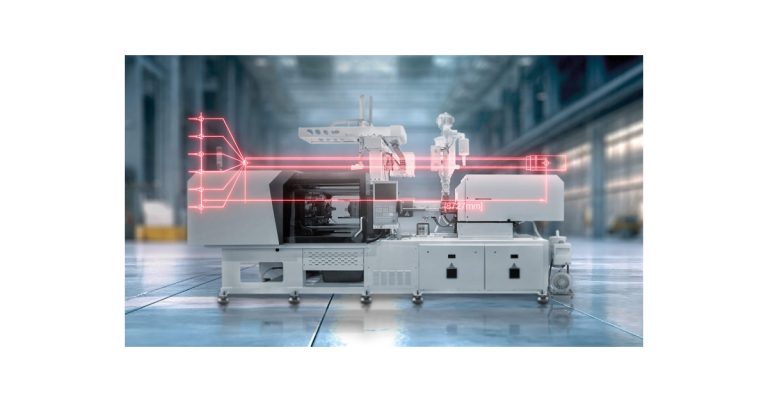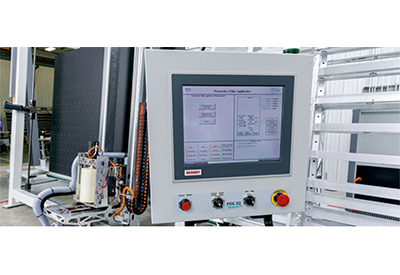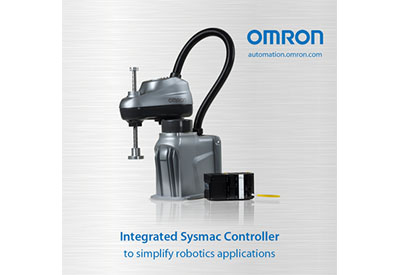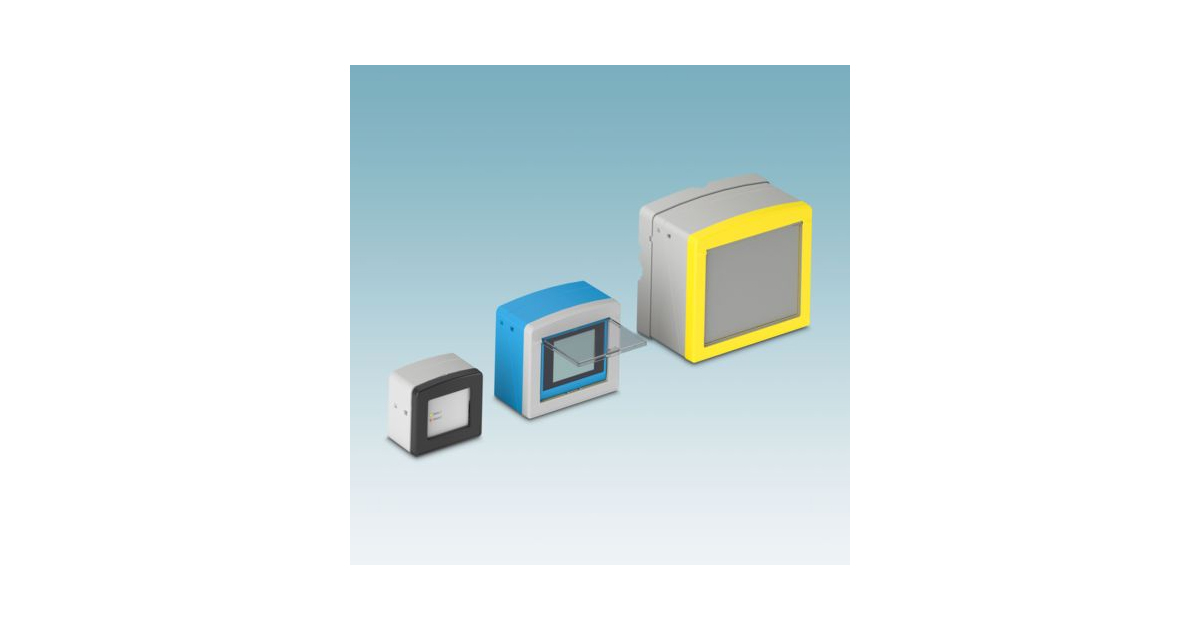Why the Energy and Power Industry Needs Standardized Modular Enclosures

December 15, 2023
The energy and power industry is in the midst of a transformation. The continued evolution of renewable energy sources like wind and solar, along with the trend for engineering smarter, more robust grid systems, is pushing energy companies to adopt more flexible approaches to their industrial automation infrastructures. Not only does a more flexible architecture help energy companies scale based on demand, it can also help save time, money, and resources.
The key to this increased level of flexibility and versatility lies in choosing modular industrial enclosures as the backbone of your automation system. Standardized modular enclosures can help power and energy companies more easily and efficiently adapt to where the industry is going and design simplified industrial automation systems that foster productivity.
This article will look at a couple of reasons why the energy and power industry needs to make the move to standardized modular enclosures and how Rittal can help companies take a modular approach to their industrial enclosure solutions.
Standardized modular enclosures allow for fast, simple enclosure configurations
Today’s power and energy plants have a very different look compared to those from just a few years ago. For instance, power and energy facilities can take the form of acres of solar panels or wind turbines. The varied nature of how and where power and energy production occurs requires enclosures that can be configured and customized quickly and easily, and standardized modular enclosures fit the bill.
The configuration flexibility of standard modular enclosures can help energy companies adapt to space constraints. Features like interchangeable panels, removable and reversible doors, variable mounting plate positions, and compatibility with wall partitions inside the enclosure make it easy to customize or tailor individual enclosures based on specific applications.
What’s more, innovative modular frame structures create both inner and outer mounting levels inside the cabinet, which allows for more electronics within the enclosure. This also allows seamless integration with busbar power distribution panels, which are rapidly becoming the norm for more efficient power and energy production and storage.
Modular enclosures also facilitate baying on all sides in just minutes using a simple parts list of brackets, clamps, and other standardized tools. This provides a variety of connection configurations that make for easy cabinet wiring regardless of the application.
Accelerated, more efficient configurations and simplified installations also help optimize efficiency by streamlining tedious, time-wasting manual processes that once required high degrees of human intervention. Rittal’s line of standard modular enclosures can also be configured without the need for specialized tooling, which helps reduce operational costs and maximizes production uptime.
Standardized modular enclosures don’t skimp on security and protection
One of the more common myths about modular enclosures is that they lack the strength and protection of unibody enclosures. The truth is that modular industrial enclosures can provide the same durability and reliability as unibody enclosures, and these two characteristics are prized in the power and energy space given the frequency of outdoor deployments.
The ease of plinth assembly and installation, along with a simplified floor mounting process, makes standard modular enclosures ideal for harsh outdoor and indoor environments. Additionally, a carbon steel base and enclosure frame and zinc-plated carbon steel mounting panels provide superior rigidity and support. This frame-based design also provides 30% more stability with 15% less frame weight – without sacrificing protection or reliability.
In terms of strength and security, Rittal’s line of standard modular enclosures are NEMA 3R rated to provide superior protection against the intrusion of potentially damaging particles. This also makes its standard modular enclosures well-equipped to handle the rigors of outdoor applications. In addition, four-point latches and seals prevent the entry of corrosive materials that could increase maintenance intervals and reduce the service life of the enclosure.
Modular industrial enclosures can help power and energy companies embrace a digital transformation
The variety of design configurations with standard modular enclosures means automation designers and engineers need the utmost visibility into each step of the engineering process. Such high levels of transparency are only achievable via a complete digital transformation of this process, and this is where combining modular enclosure systems with digital CAE platforms can help automation architects design smarter and better.
For example, Rittal’s TS 8 standard modular enclosure is compatible with Eplan’s suite of design solutions to help engineers streamline workflows for installing electrical controls and panel assembly and wiring. This can help companies overcome a variety of challenges in the power and energy space as speed-to-market and cost concerns continue to mount. Some of these challenges include:
- Increasing pricing pressures to generate and store power at the right time within the right budget
- Skilled labor shortages that can result in increases in scrapped materials and revisions/alterations
- Real-time changes to market demands
Increased visibility and insight into your panel assembly and wiring processes also helps create a more connected ecosystem, and this is important in helping companies better identify areas to increase their overall efficiency and productivity.
As a true innovative force in the design and engineering of modular enclosures, Rittal can help power and energy companies discover the value of a more flexible, versatile industrial automation infrastructure.



